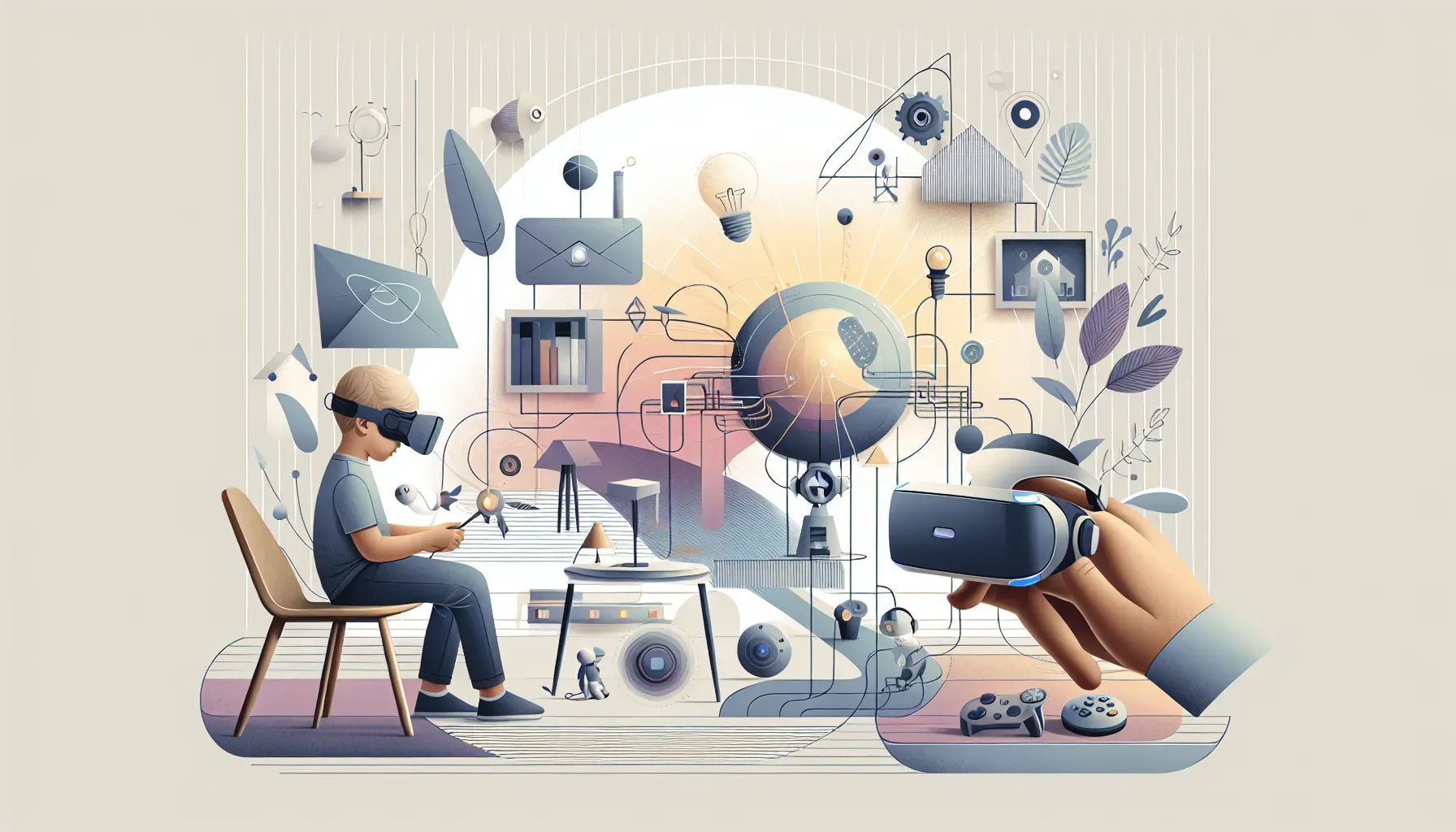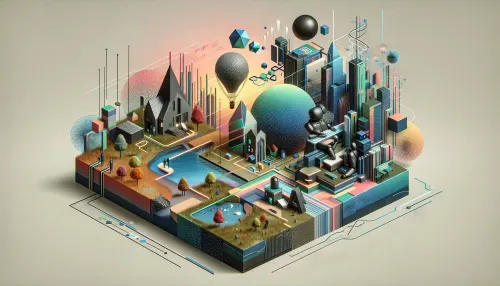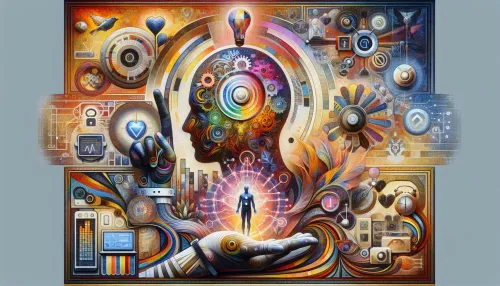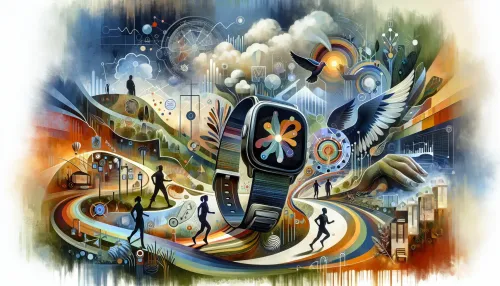Transforming Therapy Sessions: The Power of AR and VR for Autistic Children

For many parents, finding effective therapy and support for their autistic children can be a challenging and ongoing process. However, advances in technology, particularly the integration of Augmented Reality (AR) and Virtual Reality (VR) into autism therapy, are changing the landscape of support services. These immersive technologies are not only revolutionizing therapy sessions but also providing new avenues for engagement and progress for autistic children.
Augmented Reality (AR) has emerged as a game-changer in the realm of autism therapy. By superimposing digital content onto the real world, AR creates an interactive and dynamic environment that fosters sensory experiences and social interactions. Through AR, therapists can develop personalized interventions that cater to the specific needs and triggers of each autistic child, thus enhancing the effectiveness of therapy sessions.
What is Augmented Reality (AR) in Autism Therapy
Virtual Reality (VR) offers autistic children the opportunity to explore and engage in simulated environments, providing a safe space for social learning and interaction. From navigating virtual scenarios to participating in interactive activities, VR adventures aid in developing social skills and fostering a sense of confidence in real-world settings. These experiences are designed to be engaging while promoting cognitive development and emotional regulation.
One of the most significant advantages of AR and VR in autism therapy is their ability to tailor experiences to meet individual needs with precision. Therapists can adapt the level of stimuli, pacing, and complexity of interactions to match each child's comfort and comprehension levels, ensuring that therapy sessions are personalized and effective.
How Virtual Reality (VR) Enhances Social Skills
While AR and VR are often associated with entertainment, their therapeutic benefits for autistic children are substantial. These immersive technologies facilitate exposure therapy in controlled environments, easing anxieties and addressing sensory sensitivities. Moreover, they offer a means of practicing real-life scenarios in a safe yet realistic manner, enhancing social skills and adaptive behaviors.
The Benefits of Tailored Experiences in Therapy
AR and VR provide multi-sensory stimulation that is particularly beneficial for children on the autism spectrum. By combining visual, auditory, and tactile elements in virtual worlds, these technologies create immersive experiences that captivate attention and promote sensory integration. This approach can help regulate sensory processing challenges while encouraging exploration and learning.
Understanding the Therapeutic Benefits of AR and VR
Gamification techniques integrated into AR and VR therapy make learning and skill-building enjoyable for autistic children. By incorporating game-like elements such as rewards, challenges, and interactive narratives, these technologies motivate individuals to engage with therapeutic activities willingly. This gamified approach fosters a positive outlook on therapy while promoting continuous progress.
Parents play a crucial role in extending therapeutic benefits beyond clinical settings. With proper guidance from professionals, parents can integrate AR and VR tools into home-based support for their autistic children. This may involve using specially designed applications or implementing structured activities that complement ongoing therapy goals to enhance skill acquisition and generalization of learned behaviors.
Related Article: Virtual Reality (VR) Revolution: Transformative Impact on Social Skills Development for Autistic Children
How Multi-Sensory Stimulation Supports Learning
The impact of AR and VR in autism therapy is evident through numerous success stories where children have shown remarkable progress. From improved social interactions to increased emotional regulation skills, these technologies have empowered autistic individuals to navigate everyday challenges more effectively. Real-world success stories underscore the transformative potential of AR and VR interventions.
The Role of Gamification in Therapy Engagement
As AR and VR continue to evolve, their role in shaping autism support services is becoming increasingly prominent. The fusion of these technologies with evidence-based therapeutic approaches holds promise for advancing interventions tailored to diverse needs within the autism spectrum. The ongoing development of innovative applications and programs underscores a future where technology seamlessly integrates with traditional therapy methods.
The integration of Augmented Reality (AR) and Virtual Reality (VR) into autism therapy represents a significant leap forward in leveraging technology to empower autistic children on their developmental journeys. By harnessing the immersive potential of these technologies, therapists can create engaging, personalized experiences that foster growth, resilience, and social integration among autistic individuals.
A Parent’s Guide to Home-Based Support
As technology continues to evolve rapidly, it is imperative for support services to embrace emerging solutions that align with the unique requirements of the autism community. This shift towards incorporating AR and VR not only marks a transformative phase in autism therapy but also opens doors to novel opportunities for holistic growth and development.
Frequently Asked Questions
Augmented Reality (AR) enhances autism therapy by creating interactive environments that cater to individual sensory needs. It allows therapists to develop personalized interventions, fostering social interactions and engagement. This tailored approach can significantly improve the effectiveness of therapy sessions for autistic children, helping them navigate their unique challenges.
Virtual Reality (VR) provides a safe space for autistic children to practice social skills through simulated environments. By engaging in interactive scenarios, they can develop confidence and learn to navigate real-world situations. This immersive experience promotes cognitive development and emotional regulation, making VR a valuable tool in autism therapy.
Gamification in therapy makes learning enjoyable for autistic children by incorporating game-like elements such as rewards and challenges. This approach motivates them to engage actively with therapeutic activities, fostering a positive attitude towards therapy. As a result, gamification can enhance skill acquisition and promote continuous progress in their development.
Check Out These Related Articles

Virtual Reality and Autism: Transformative Tools for Enhanced Therapeutic Interventions

Influential Innovations: How Gaming Communities Are Redefining Inclusive Spaces for Autistic Children

The Role of Wearable Tech in Enhancing Autism Support Services
